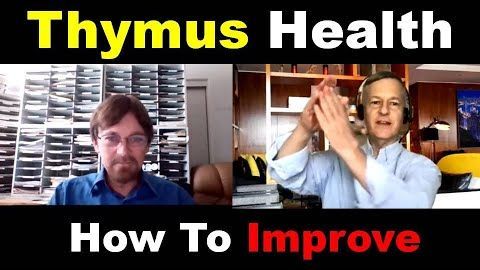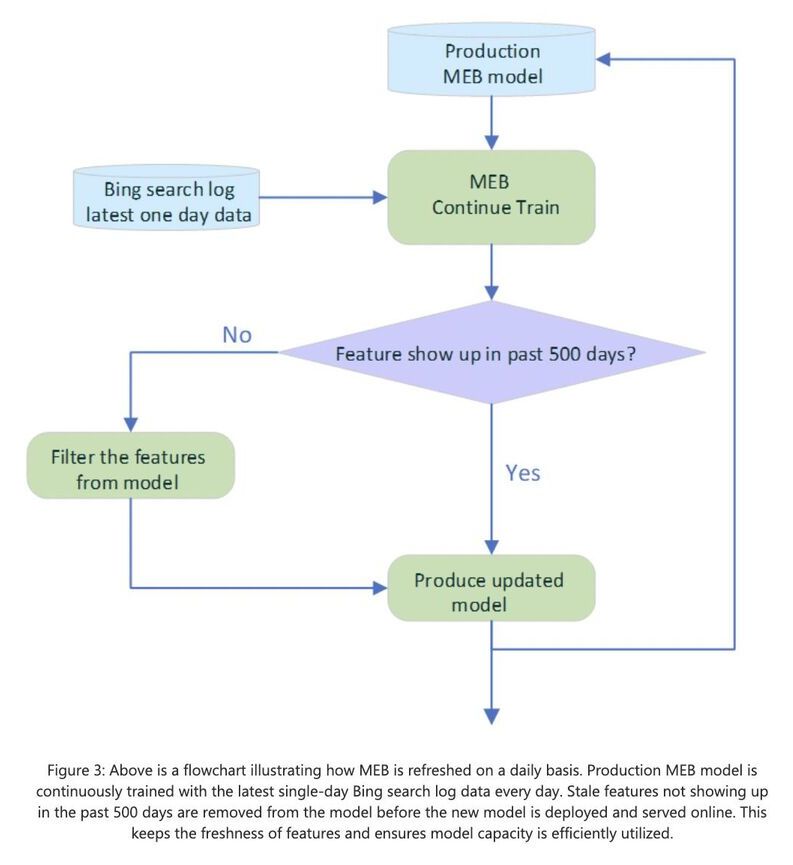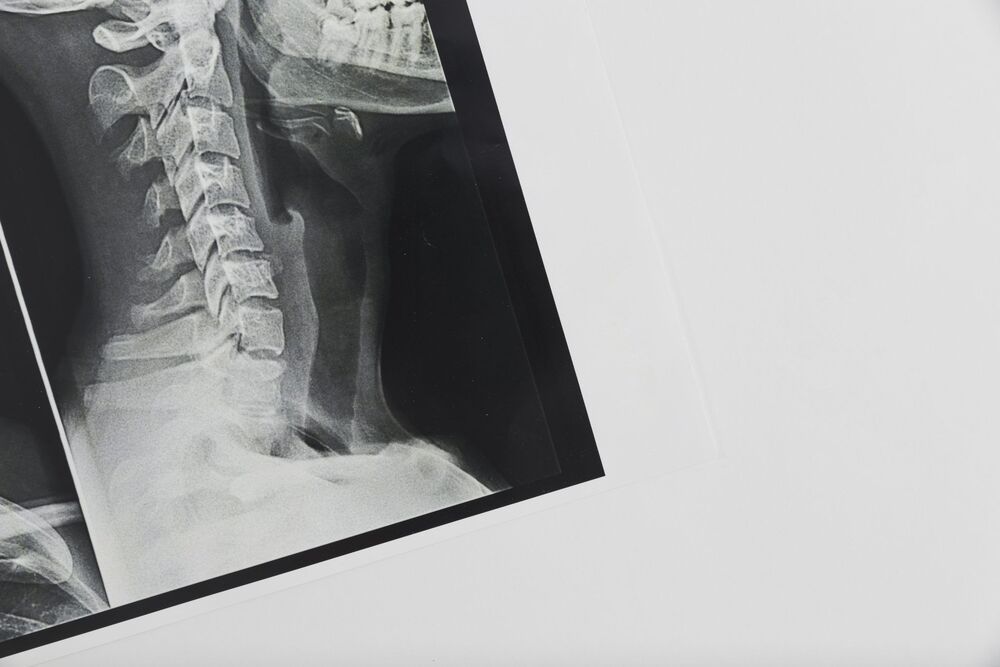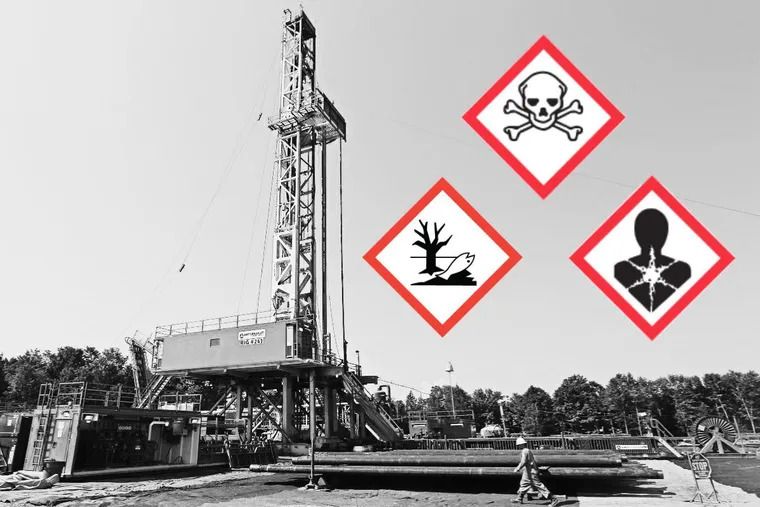A couple people from TRIM are in TRIM-X to see how it works a second time.
In this video Dr. Fahy discusses what we can do to make the most of our thymus without the growth hormone treatment, what the timing makes sense for rejuvenation of the thymus and whether the thymus is tied to the other hallmarks of aging.
Dr. Greg Fahy is a world renowned cryobiologist and is also the chief science officer, and co-founder, of Intervene Immune, a company which pioneers treatments for thymus regeneration and age-related immune system decline. Dr. Fahy Designed and led the pilot TRIIM trial which first time showing both thymus rejuvenation and reversal of human epigenetic age. He is now running the follow up phase II trial TRIIM-X with the aim of confirming and extending the results.
************************************************************
Health claims Disclosure: Information provided on this video is not a substitute for direct, individual medical treatment or advice. Please consult with your doctor first. Products or services mentioned in this video are not a recommendation.
Audio Copyright Disclaimer:









